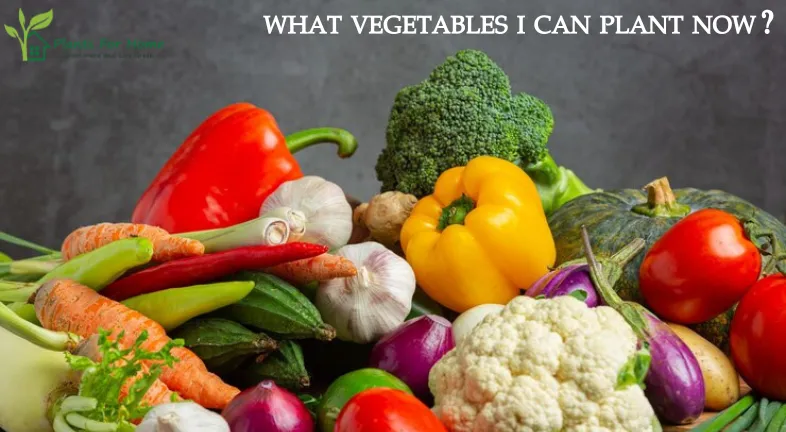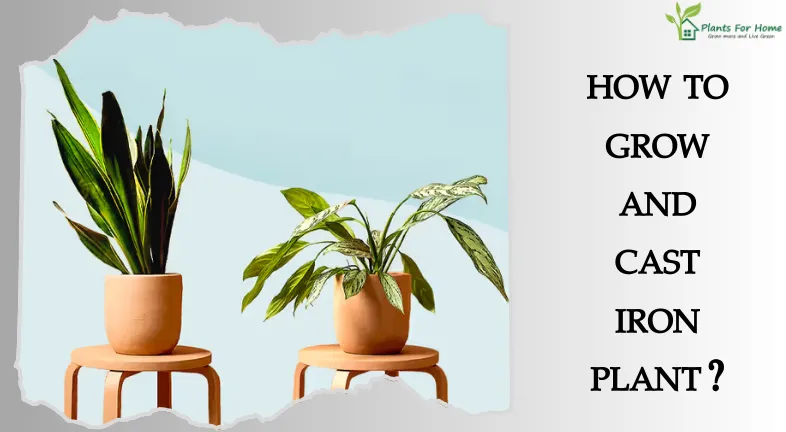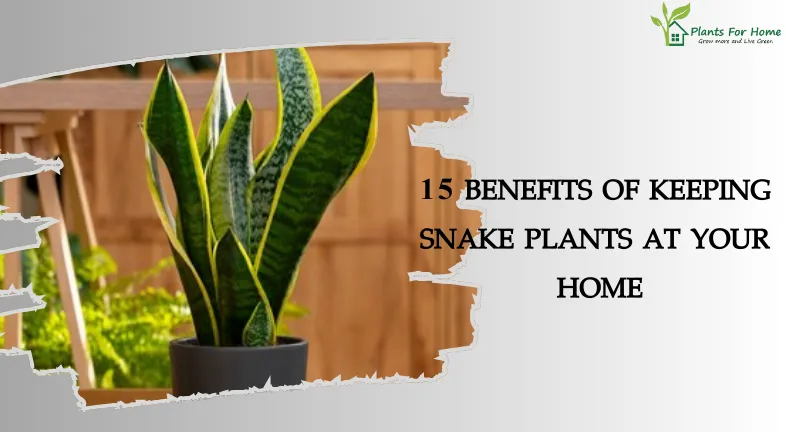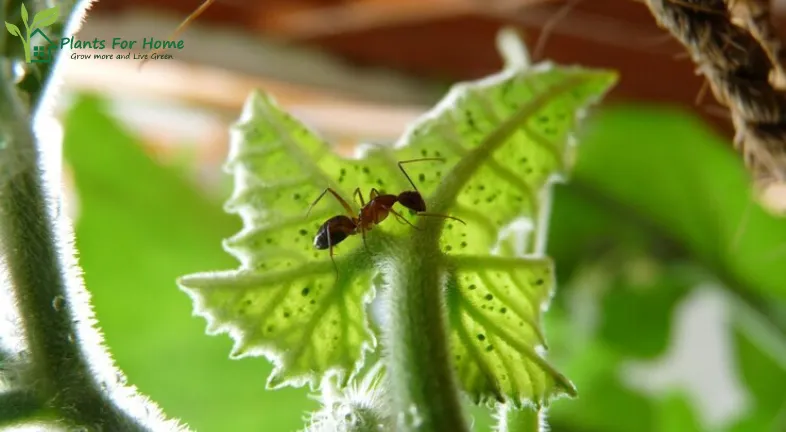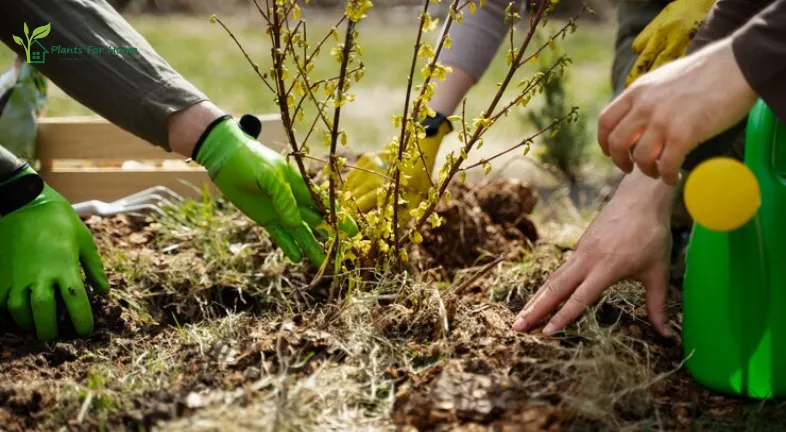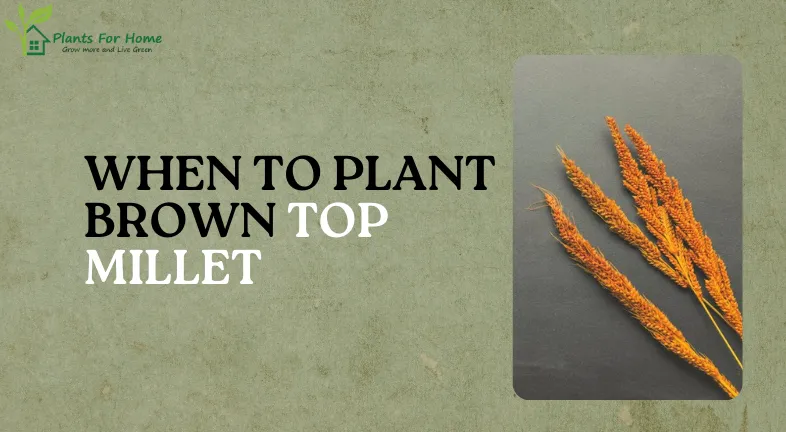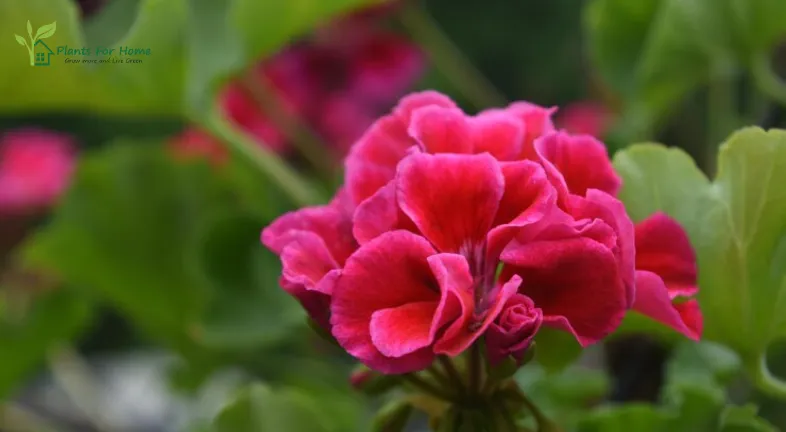WHAT IS PLANTING ON VERMONT?
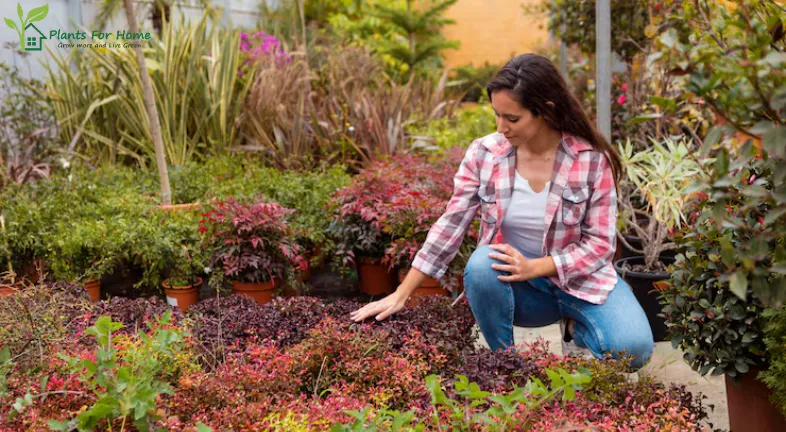
Vermont, also referred to as the Green Mountain State, is tucked away in the northeastern region of the country and has a breathtaking terrain and distinct climate. Any gardener who wishes to create brilliant flower beds, lush landscapes, or thriving and prolific vegetable gardens must have a thorough understanding of Vermont’s planting zones.a
The USDA Hardiness Zone Map: An Essential Tool for Gardeners
One of the most important resources for gardeners nationwide is the USDA Plant Hardiness Zone Map. The country is divided into different zones on this map according to the average annual minimum winter temperature. Ten degrees Fahrenheit are represented by each zone, with Zone 1 being the coldest and Zone 13 being the warmest.
Vermont's Planting Zones
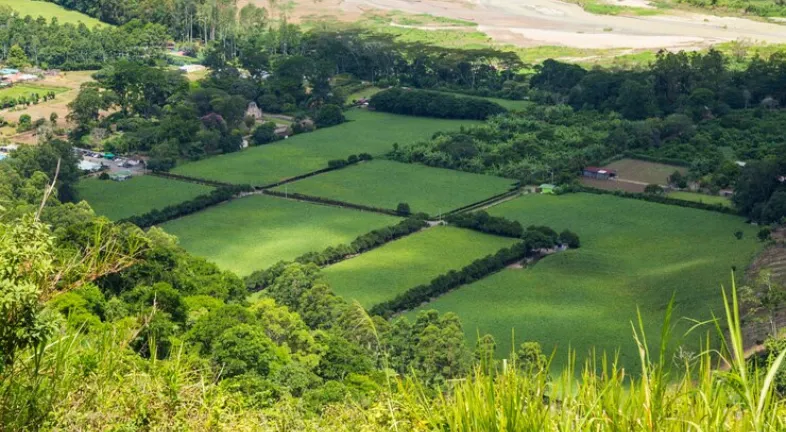
Vermont is mostly located in one of three USDA hardiness zones Zone 3b: This zone includes a limited section of northern Vermont, including the areas near Canaan, Norton, and Derby Line, and ranges from -35°F to -30°F [-37.2°C to -34.4°C]. This zone’s plants are extremely cold-tolerant and able to survive hard winters.
Zone 4a (-30°F to -25°F [-34.4°C to -31.6°C]): Burlington, Rutland, Manchester, and Montpelier are just a few of the places in Vermont that are included in this zone. With average annual minimum temperatures ranging from -30°F to -25°F, this zone has chilly winters.
Zone 5a: Brattleboro, Bennington, Wilmington, and other southernmost points of Vermont are located in this zone, which ranges from -25°F to -20°F (31.6°C to -28.9°C). This region has somewhat milder winters with typical annual minimum temperatures ranging from -25°F to – 20°F.
Factors Outside of Zones: Vermont's Particular Climate and Microclimates
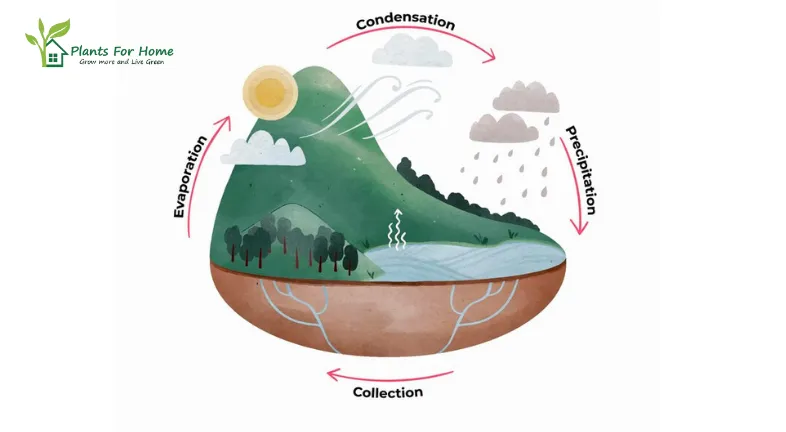
Although the USDA hardiness zone chart is a useful general resource, microclimates unique to your area must be taken into account. Small regions with distinct climatic conditions that may differ slightly from the surrounding area are known as microclimates. Elevation, slope, closeness to water features, wind patterns, and other factors can all have an impact on your garden’s microclimate and plant performance.
In addition, the following factors are unique to Vermont’s climate:
Limited Growing Season: In contrast to states in the South, Vermont has a very short growing season. This means that in order to guarantee a good harvest, select plants with shorter maturation periods.
Long Winters: It’s important to choose plants that are winter hardy and can tolerate periods of freezing temperatures because of the harsh winters and the likelihood of late spring frosts. Plenty of Rainfall: Throughout the year, Vermont experiences a respectable quantity of rainfall. Take into account the plants’ drainage and moisture requirements before selecting them.
Selecting the Correct Plants for Your Garden in Vermont

You may choose plants for your garden wisely if you are aware of your planting zone, microclimate, and the unique climate conditions of Vermont. Here are some pointers:
Examine Seed Packets and Plant Labels: Ensure that you are always aware of the USDA hardiness zone information provided on seed packets and plant labeling. To ensure their survival, choose plants that are rated for your zone or one that is cooler.
Requirements for Research Plant: Look into the particular requirements of the plants you’re interested in, such as how much sunlight, water, and frost tolerance they require.
Sow seeds indoors: You can extend your harvest season by sowing some plants’ seeds indoors before the latest frost date, which will give them a head start on maturity.
Think About Native Plants: Native plants usually demand less maintenance and are well-suited to Vermont’s environment. They also give pollinators important habitat and nourishment.
CONCLUSION:
Vermont gardeners can benefit greatly from using planting zones as a reference. With a little knowledge of your particular zone, microclimate, and the peculiarities of Vermont’s climate, you may design a vibrant garden full with plants that will enhance the beauty and abundance of your outdoor area.

